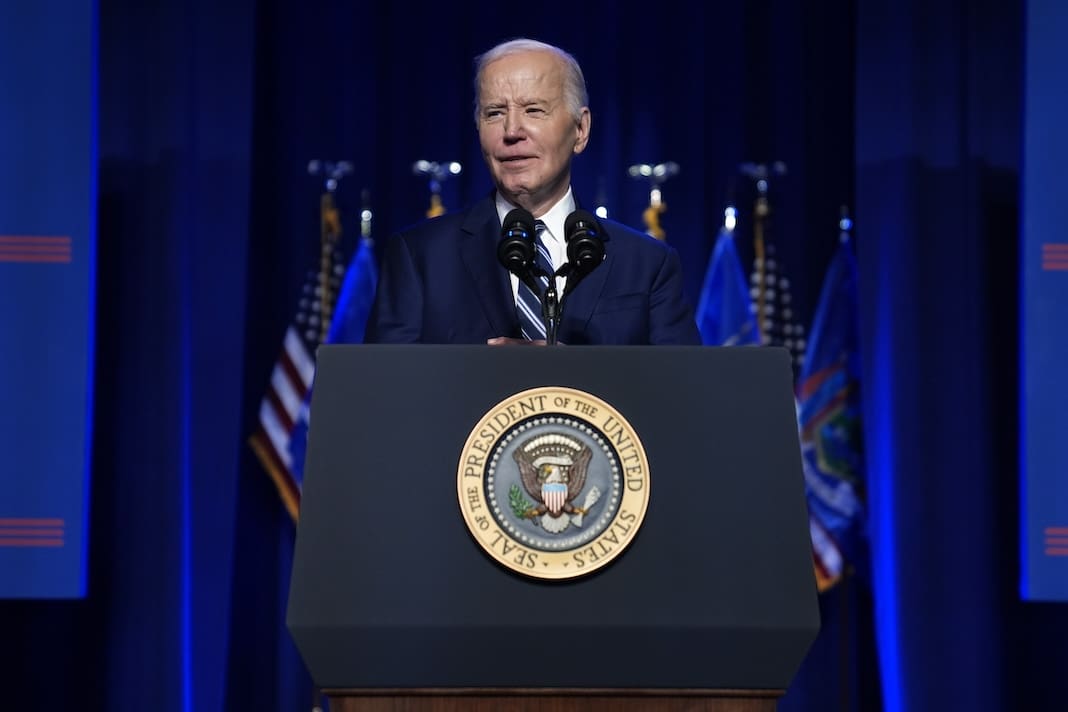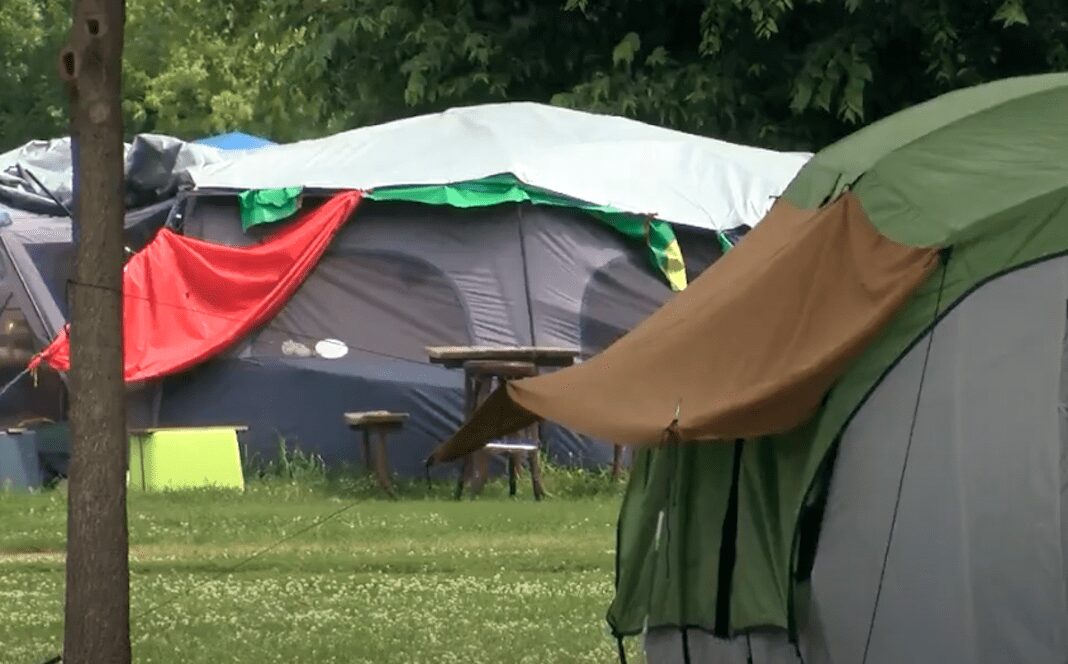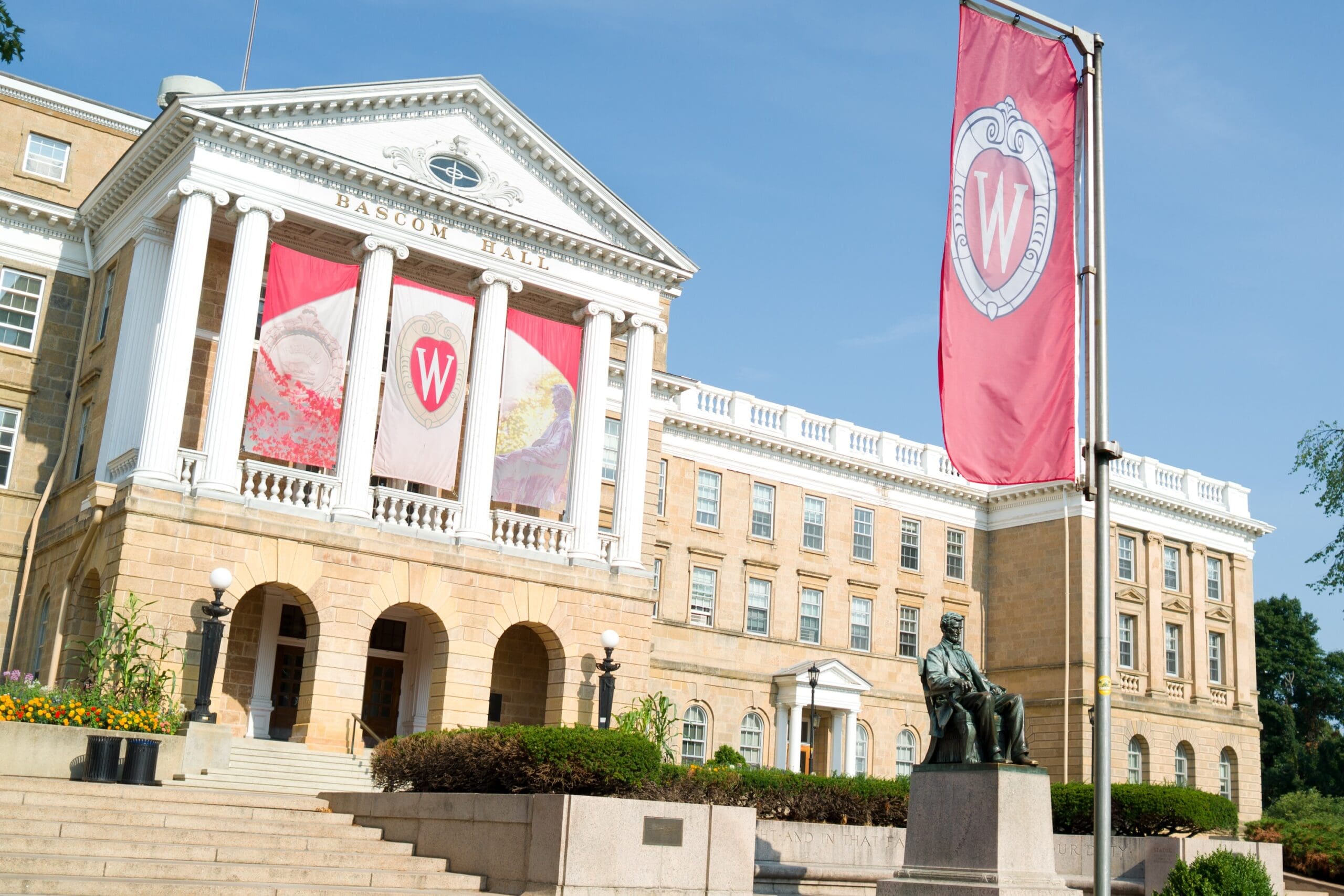$1B federal grant will help replace ‘lifeline’ bridge connecting Superior and Duluth
President Joe Biden visited Superior on Thursday to celebrate the grant allocated under the Bipartisan Infrastructure Bill.

The Blatnik Bridge connecting Superior, Wisconsin, and Duluth, Minnesota, isn’t at the top of anyone’s list of famous bridges.
The bridge doesn’t hold the same local cultural significance as Duluth’s Aerial Lift Bridge, which is pictured on souvenir magnets and tote bags. The locals refer to the Blatnik as the High Bridge, and it has more of a utilitarian reputation, a main thoroughfare that roughly 33,000 vehicles use to travel between the two cities and states every day.
“For me, the bridge is essential,” said Jennifer Jubenville, a Superior resident who takes the bridge every day to work in Duluth, where she manages a bookstore. “It’s a lifeline.”
That vital thoroughfare, however, is at the end of its life. Replacing it is expected to cost $1.8 billion, and it will be mostly covered by a federal grant of more than $1.05 billion allocated under the Infrastructure Investment and Jobs Act, also known as the Bipartisan Infrastructure Law, which President Joe Biden signed into law in November 2021.
Biden visited Superior on Thursday to promote the grant with local officials, including Democratic Gov. Tony Evers and Sen. Tammy Baldwin.
“For decades, people talked about replacing this bridge, but it never got done — until today,” Biden said to a crowd at Earth Rider Brewery, which sits in the shadow of the bridge on the Superior side.
“This investment is going to make a huge difference: less traffic, fewer car accidents, faster commutes to your jobs and school, and quicker response times for fire trucks and first responders,” Biden said, noting the project would help companies ship goods quicker and would add 10,000 new construction jobs.
In addition to residential traffic, the bridge also carries billions of dollars’ worth of freight each year, according to the Wisconsin Legislative Fiscal Bureau. Superior and Duluth are often referred to as the “Twin Ports,” together making up the largest port on the Great Lakes. More than 265,000 trucks carrying nearly $4 billion worth of goods cross the bridge each year; it is a critical link for trade between the U.S. and Canada, Evers said in a statement.
The staff, suppliers and customers of Earth Rider use the bridge daily, owner Tim Nelson said: “Simply put, the bridge is critical to my business. The rebuilding of the bridge will be critical to my business’ growth and the growth of the local economy. That matters to the people here. It matters to our future.”
The bridge opened in 1961, and upgrades to widen and strengthen the bridge were completed in 1994. But in 2008, inspectors determined that those upgrades had added too much weight to the bridge. Crews tried to strengthen the bridge, but it has been weight-restricted ever since and is inspected every year. Without funding, the White House said, the bridge would be forced to close by 2030.
Sitting at about 120 feet above the water and spanning a mile and a half across St. Louis Bay, the Blatnik Bridge has only four lanes under its towering gray arch. In the winter, drivers crossing the bridge have a good view of large ships docked along the shore.
Crossing it can be a stomach-turning experience, and some residents say they don’t drive in the right lane when crossing. But most residents have grown used to it as a normal part of their commute. Many think that the nearby Richard I. Bong Memorial Bridge that connects U.S. Highway 2 across the water is safer but not as convenient.
“I think for anybody who either lives on one side and works on the other, or just is a person who actually gets out and enjoys the community, it’s pretty vital,” said Tate Haglund-Pagel, the assistant principal of Superior High School and a lifelong resident of Duluth. Like plenty of other staff, he takes the bridge every day to school.
“There’s lots going on on both sides of the bridge, whether it’s little festivals and fun stuff like that or just hitting up different restaurants. But also, as I go over every day to go to work, I see other people coming the other way who live in Superior and work in Duluth,” he said. “So really it kind of allows the community to exist.”
The importance of the bridge weighs on residents every time there’s bad weather or an accident closes a lane of traffic. Jubenville said her husband was once stuck on the bridge during a snowstorm due to a pileup.
“When the weather gets crazy, you got to be a little bit careful because the wind is whipping right off the lake there,” Haglund-Pagel said.
When the Husky Energy oil refinery in Superior exploded in 2018, residents were ordered to evacuate. Jubenville was working in Duluth and realized she would need to take the bridge back to Superior to get her dog.
“And it occurred to me that if there were ever to be an accident on one of the bridges, that it would be just a major thing for the Twin Ports because of the amount of people that drive over it every day”, she said. “Everybody would be stuck.”
The federal funding to help repair the bridge is hugely important, residents said.
“With the Husky explosion that happened, we would talk about, if something happens to that bridge, then life in the Twin Ports is going to be very, very different. And so we were really hopeful that the infrastructure bill would get passed so that it would make it easier for the funding for that,” Jubenville said. “It’s easy for people to blow it off and to say, Well, this isn’t a Milwaukee or not a Chicago. But it’s so critical to life up here that I don’t know how Minnesota and Wisconsin would have been able to afford it without the federal funding.”
The current plan is to tear down the bridge and replace it with a new one. Now that funding has been secured, planning can begin, and construction could start as soon as 2026, according to the Superior Telegram.
Residents say the process will be inconvenient because it will reduce the two communities’ access across the bay to just one bridge. But they think it’s worth it.
“We know it’ll get replaced by something that’s going to be safer and better,” Haglund-Pagel said.




